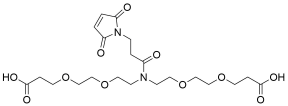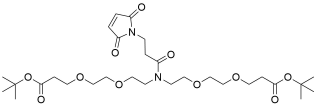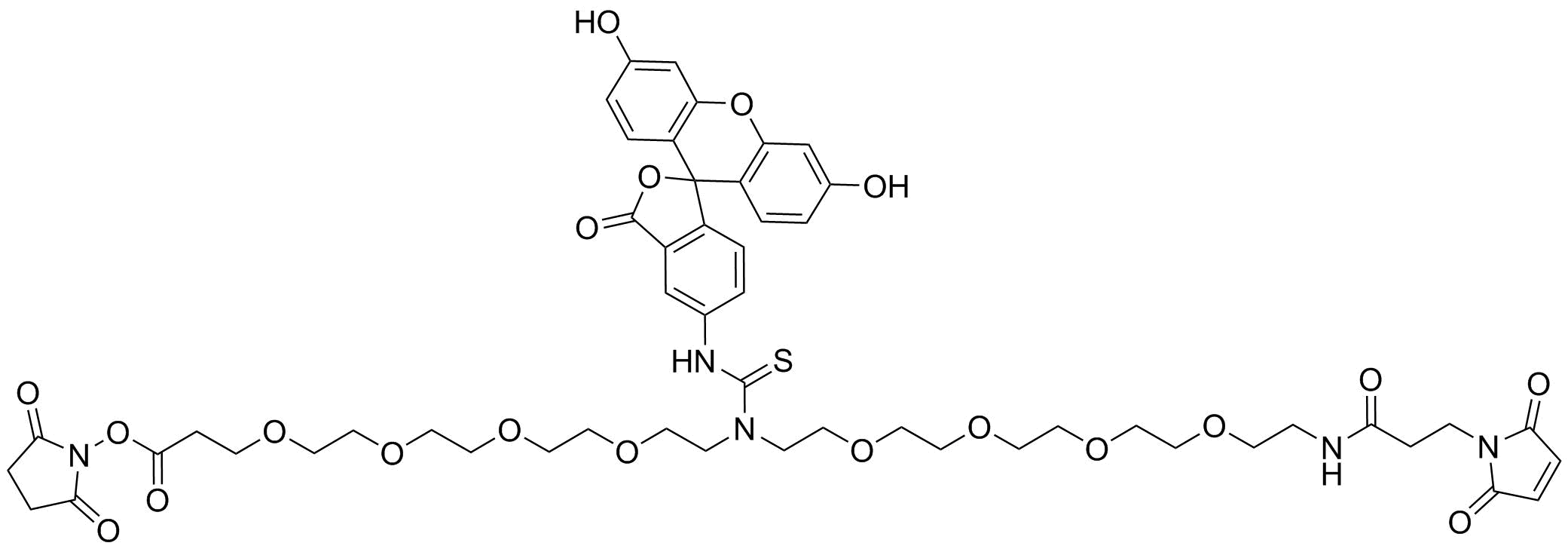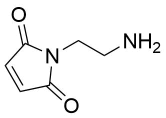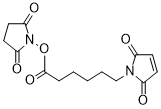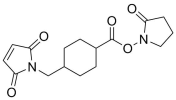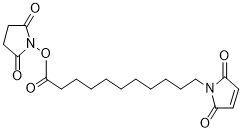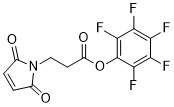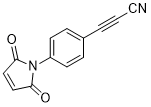Maleimide PEG linkers combine a PEG chain with a reactive maleimide group, enabling precise conjugation with thiol groups. They drive targeted drug delivery, diagnostics, and biomaterial functionalization by facilitating the maleimide-thiol reaction. These linkers enhance solubility and stability, making them ideal for antibody-drug conjugates (ADCs), imaging agents, and regenerative medicine applications.
Maleimide PEG
Maleimide PEG Linkers: Advanced Solutions for Targeted Conjugation
Overview:
Maleimide PEG linkers combine a polyethylene glycol (PEG) chain with a highly reactive maleimide functional group (-NH-CO-CH=CH-). This structure enables precise, site-specific conjugation with thiol (-SH) groups, making these linkers essential in pharmaceutical research, drug development, and diagnostics.
Key Features:
- Reactive Maleimide Group: Efficiently facilitates the maleimide-thiol reaction, specifically conjugating with thiol-containing biomolecules.
- PEG Spacer: Increases solubility, enhances stability, and reduces nonspecific interactions.
- Antibody-Drug Conjugates (ADCs): Maleimide PEG linkers are widely used for linking monoclonal antibodies to cytotoxic drugs, enabling targeted cancer therapy via maleimide conjugation. The maleimide-cysteine reaction ensures selective attachment of the drug to antibodies, improving delivery to cancer cells.
- Imaging Agents and Diagnostics: These linkers allow the precise attachment of imaging agents (fluorophores or radioactive isotopes) through maleimide reactions with cysteine, creating highly specific diagnostic probes.
- Regenerative Medicine: Maleimide PEG linkers functionalize biomaterials like hydrogels and scaffolds by promoting cell adhesion through the thiol-maleimide reaction, enhancing biocompatibility and stability.
- Precision Conjugation: The maleimide group ensures effective attachment to thiol-containing molecules through the maleimide-cysteine reaction, optimizing therapeutic and research outcomes.
- Enhanced Solubility and Stability: The PEG spacer improves solubility and prevents aggregation, making these linkers suitable for various environments.
- Versatility: Supports a wide range of applications, from drug development and ADCs to diagnostics and regenerative medicine.






















